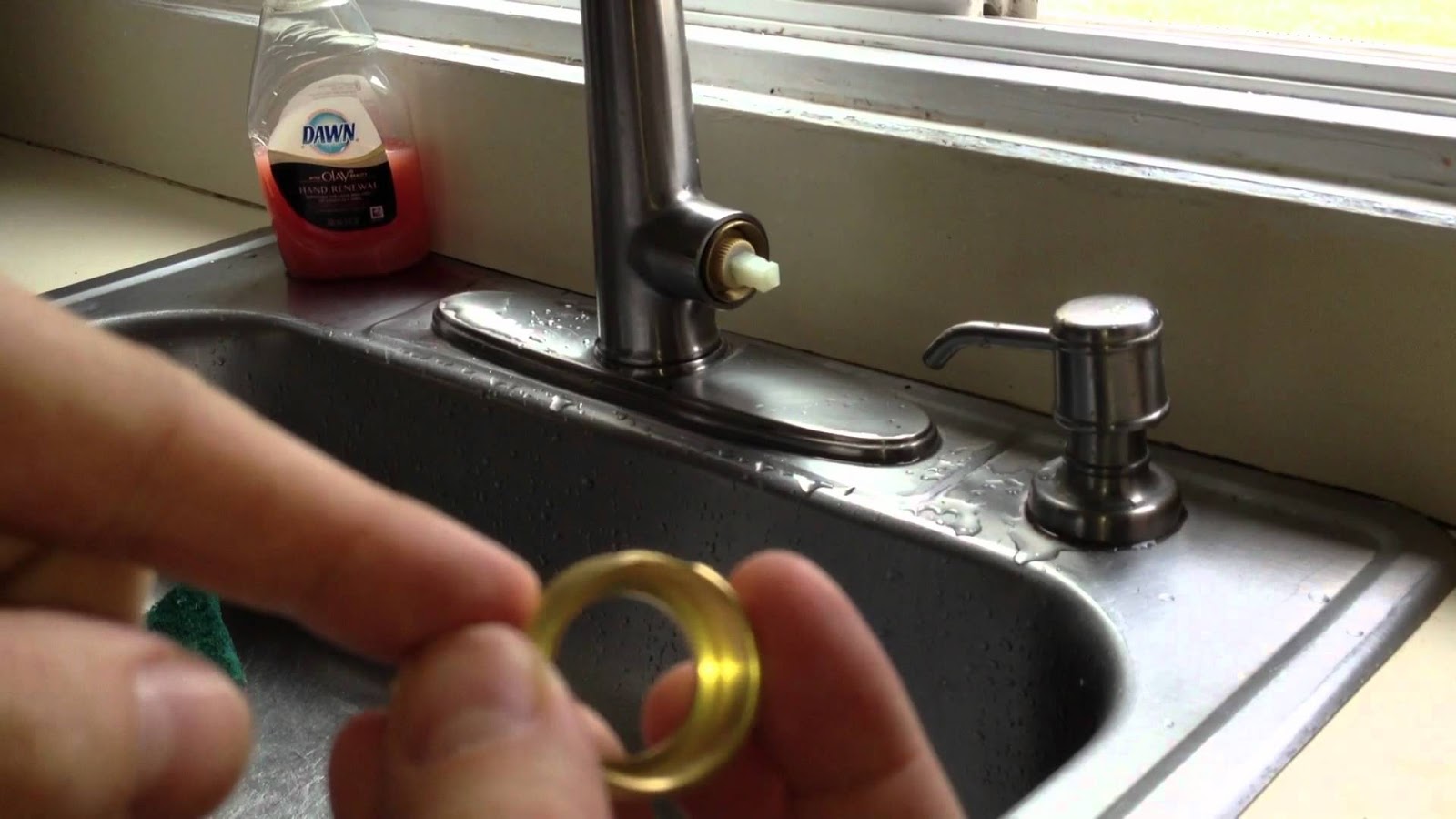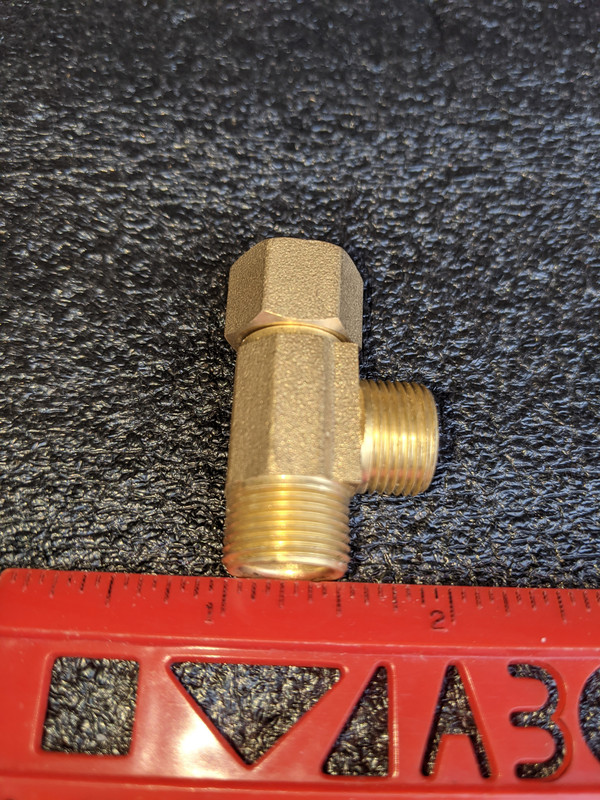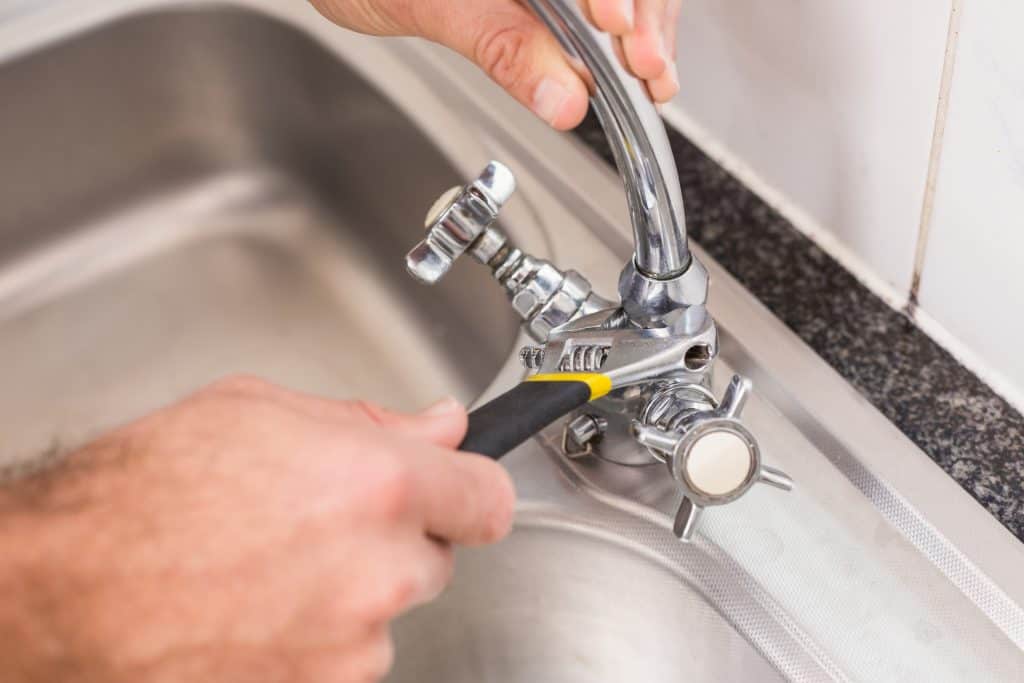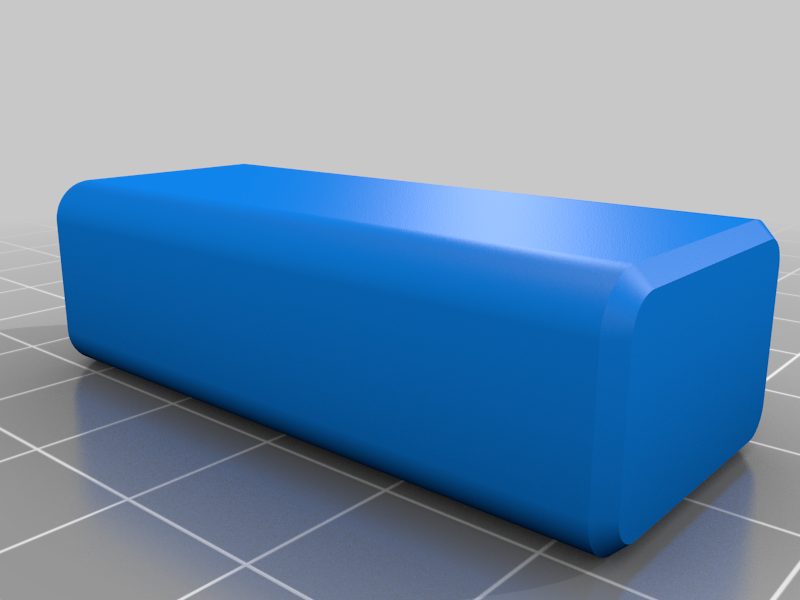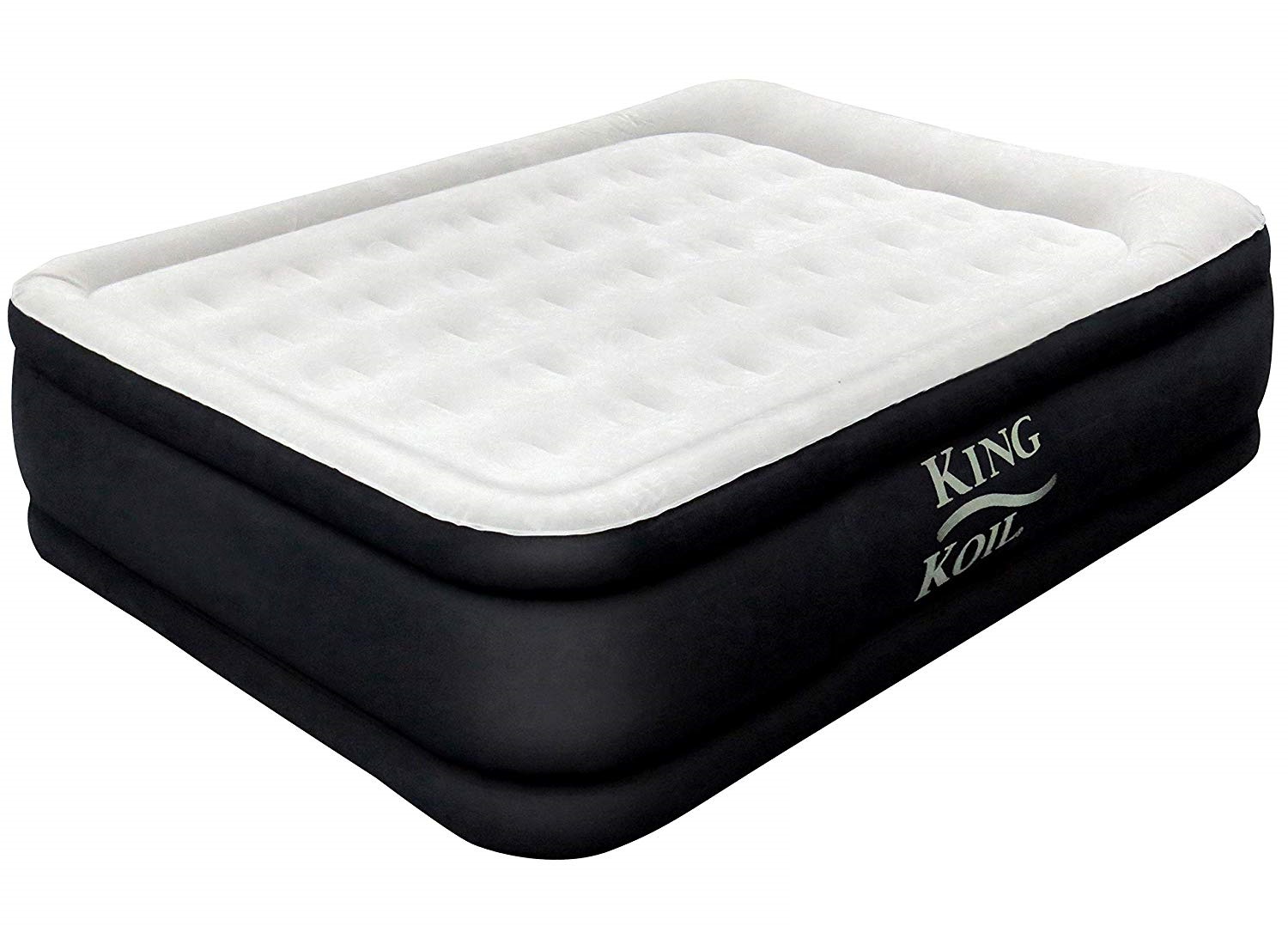If you're struggling with a tight single handle on your kitchen sink, don't worry – you're not alone. This is a common issue that many homeowners face. Fortunately, there are some simple steps you can take to loosen the handle and get your faucet working smoothly again. The first step is to identify the cause of the tightness. Is the handle difficult to turn because it's stuck in one position, or does it require excessive force to move it at all? This will help determine the best solution for your specific situation. If the handle is stuck, you may need to use a lubricant to loosen it. Apply a small amount of WD-40 or silicone spray to the base of the handle, where it meets the faucet. Let it sit for a few minutes, then try turning the handle again. If the handle is simply tight and requires excessive force to move, you may need to adjust the handle or replace it altogether. Read on for more tips on how to troubleshoot and fix a tight single handle kitchen faucet.1. How to Loosen a Tight Single Handle Kitchen Faucet
Before you start taking apart your kitchen faucet, it's important to troubleshoot the issue and try some simple solutions. One common cause of a tight single handle is mineral buildup. Over time, minerals from hard water can accumulate and cause the handle to become stiff. To remove mineral buildup, start by turning off the water supply to your faucet. Then, unscrew the aerator from the end of the faucet and soak it in a solution of equal parts water and white vinegar. This will help dissolve any mineral deposits. Once the aerator has soaked for a few hours, rinse it off and reattach it to the faucet. If mineral buildup is not the issue, you may need to adjust the handle. Look for a small set screw on the base of the handle and use an Allen wrench to loosen it. Then, try turning the handle again. If it's still tight, you may need to replace the handle altogether.2. Troubleshooting a Stiff Single Handle Kitchen Faucet
If the above solutions don't work, you may need to physically adjust the handle. Start by turning off the water supply to your faucet. Then, use a Phillips head screwdriver to remove the handle's cap. This will expose the valve stem and cartridge, which are responsible for controlling the flow of water. Using pliers, carefully remove the valve stem and cartridge and inspect them for any damage or buildup. If they appear to be in good condition, you may just need to adjust the position of the cartridge. Use pliers to rotate the cartridge counterclockwise, then reattach it and test the handle. If it's still tight, you may need to replace the cartridge.3. Fixing a Tight Kitchen Faucet Handle
If the handle is still tight, you may need to adjust the entire faucet. This can be done by loosening the mounting nut underneath the sink. Use a basin wrench to loosen the nut, then adjust the faucet to the desired tightness. Once you have it at the right level of tightness, retighten the mounting nut. If you're not comfortable adjusting the faucet yourself, you may want to call a professional plumber. They will have the tools and expertise to properly adjust the faucet without causing any damage.4. Adjusting a Single Handle Kitchen Faucet
There are a few common causes of a tight single handle kitchen faucet. As mentioned, mineral buildup is a common culprit. In addition, the handle itself may be damaged or worn out, requiring replacement. The valve stem and cartridge can also become worn out over time, causing the handle to become stiff. Another cause could be the mounting nut underneath the sink. If it's too tight, it can put added pressure on the faucet and make the handle difficult to turn. This is why it's important to properly adjust the mounting nut if needed. Lastly, the handle may simply need to be lubricated. Regular use can cause the handle to become stiff, and adding a bit of lubricant can help it move smoothly again.5. Common Causes of a Tight Kitchen Faucet Handle
If you've determined that your kitchen faucet handle just needs some lubrication, it's a simple fix. Start by turning off the water supply to the faucet. Then, use a screwdriver to remove the handle's cap and expose the valve stem and cartridge. Using a lubricant like WD-40 or silicone spray, apply a small amount to the valve stem and cartridge. Then, reattach the handle and test it to see if it moves smoothly. If it's still tight, you may need to adjust or replace the handle.6. How to Lubricate a Stiff Kitchen Faucet Handle
If the above solutions don't work or if the handle is damaged beyond repair, you may need to replace it. You can purchase a new handle from a hardware store or online, making sure to get the correct size and style for your faucet. To replace the handle, start by turning off the water supply to the faucet. Then, use a screwdriver to remove the handle's cap and expose the valve stem and cartridge. Carefully remove the old handle and replace it with the new one, making sure it is securely attached. Test the handle to ensure it moves smoothly before turning the water supply back on.7. Repairing a Tight Single Handle Kitchen Faucet
If the handle is beyond repair, you may need to replace the entire faucet. This is a more involved process and may require the help of a professional plumber. They will be able to remove the old faucet and install a new one, making sure it is properly adjusted and functioning smoothly. Replacing a kitchen faucet can be a great opportunity to upgrade to a newer, more modern style or to a more efficient and functional model. Just make sure to choose a high-quality faucet from a reputable brand to ensure it will last for years to come.8. How to Replace a Tight Kitchen Faucet Handle
To avoid dealing with a tight kitchen faucet handle in the future, there are some simple steps you can take to prevent it from happening. Regularly cleaning and maintaining your faucet can help prevent mineral buildup and keep the handle moving smoothly. Also, be gentle when turning the handle. Applying excessive force can cause damage to the handle, valve stem, and cartridge. And if you notice any issues with the handle, address them as soon as possible to prevent them from getting worse.9. Tips for Preventing a Tight Kitchen Faucet Handle
If you've tried all of the above solutions and your single handle kitchen faucet is still tight, it may be time to call in a professional plumber. They will have the knowledge and experience to diagnose and fix the issue, ensuring your faucet is working properly and preventing any further damage. Additionally, a professional can help you choose a new faucet if yours is beyond repair. They can also install it correctly to avoid any potential problems in the future. Investing in professional solutions can save you time, money, and hassle in the long run. In conclusion, a tight single handle on your kitchen sink may seem like a frustrating problem, but with the right solutions, it can be easily fixed. By following these tips and troubleshooting steps, you can have your kitchen faucet working smoothly again in no time.10. Professional Solutions for a Tight Single Handle Kitchen Faucet
The Importance of a Properly Functioning Single Handle on Kitchen Sink

The Kitchen Sink: A Vital Component of House Design
 When it comes to house design, the kitchen is often considered the heart of the home. It is where meals are prepared, memories are made, and families gather. Therefore, it is essential for all components of the kitchen to function properly, including the single handle on the kitchen sink.
A Tight Single Handle: The Culprit of Frustration
A kitchen sink with a tight single handle may seem like a minor inconvenience, but it can become a major frustration in daily tasks. Trying to turn on the water with a tight handle can be difficult and time-consuming, especially when your hands are dirty or full. It can also cause excess strain on the handle, leading to wear and tear over time.
The Importance of Addressing the Issue
Ignoring a tight single handle on the kitchen sink can lead to further problems down the line. The constant strain on the handle can cause it to break or become damaged, resulting in costly repairs or replacements. It can also lead to leaks, which can cause water damage to your cabinets and floors. Not to mention, a tight handle can also be a safety hazard, especially if it suddenly loosens while in use.
When it comes to house design, the kitchen is often considered the heart of the home. It is where meals are prepared, memories are made, and families gather. Therefore, it is essential for all components of the kitchen to function properly, including the single handle on the kitchen sink.
A Tight Single Handle: The Culprit of Frustration
A kitchen sink with a tight single handle may seem like a minor inconvenience, but it can become a major frustration in daily tasks. Trying to turn on the water with a tight handle can be difficult and time-consuming, especially when your hands are dirty or full. It can also cause excess strain on the handle, leading to wear and tear over time.
The Importance of Addressing the Issue
Ignoring a tight single handle on the kitchen sink can lead to further problems down the line. The constant strain on the handle can cause it to break or become damaged, resulting in costly repairs or replacements. It can also lead to leaks, which can cause water damage to your cabinets and floors. Not to mention, a tight handle can also be a safety hazard, especially if it suddenly loosens while in use.
Causes of a Tight Single Handle
 There can be several reasons why a single handle on a kitchen sink becomes tight. It could be due to worn out or damaged parts, such as the cartridge or O-ring. It could also be caused by mineral deposits or debris buildup within the handle mechanism. No matter the cause, it is crucial to address the issue promptly to avoid further complications.
How to Fix a Tight Single Handle
Fixing a tight single handle on a kitchen sink can be a simple DIY task or may require the help of a professional plumber. It is essential to first identify the cause of the tightness before attempting any repairs. If it is due to worn-out parts, they may need to be replaced. If it is caused by buildup, a thorough cleaning and lubrication may do the trick. However, if the issue persists, it is best to seek the help of a professional to avoid causing further damage.
There can be several reasons why a single handle on a kitchen sink becomes tight. It could be due to worn out or damaged parts, such as the cartridge or O-ring. It could also be caused by mineral deposits or debris buildup within the handle mechanism. No matter the cause, it is crucial to address the issue promptly to avoid further complications.
How to Fix a Tight Single Handle
Fixing a tight single handle on a kitchen sink can be a simple DIY task or may require the help of a professional plumber. It is essential to first identify the cause of the tightness before attempting any repairs. If it is due to worn-out parts, they may need to be replaced. If it is caused by buildup, a thorough cleaning and lubrication may do the trick. However, if the issue persists, it is best to seek the help of a professional to avoid causing further damage.
Conclusion
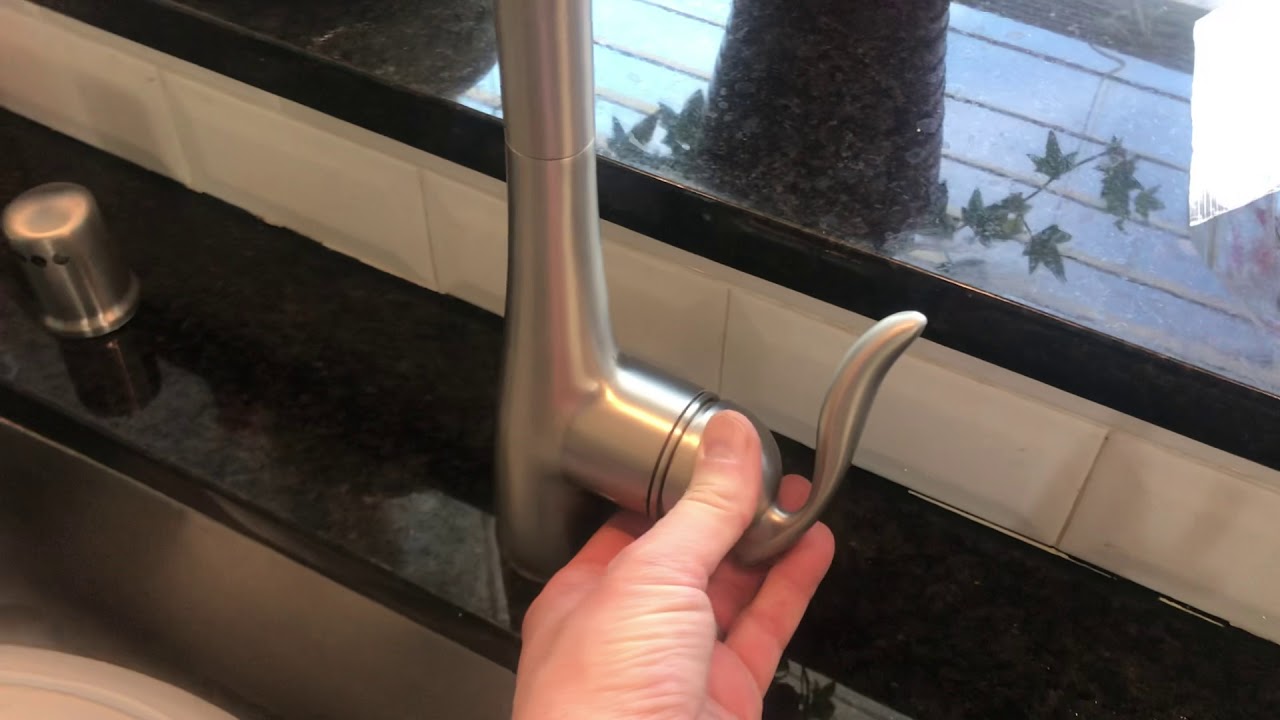 In conclusion, a properly functioning single handle on a kitchen sink is vital for a well-designed and functional kitchen. It not only makes daily tasks easier but also prevents potential hazards and costly repairs. If you are experiencing a tight single handle on your kitchen sink, it is important to address the issue promptly and seek professional help if needed. Don't let a minor inconvenience turn into a major headache.
In conclusion, a properly functioning single handle on a kitchen sink is vital for a well-designed and functional kitchen. It not only makes daily tasks easier but also prevents potential hazards and costly repairs. If you are experiencing a tight single handle on your kitchen sink, it is important to address the issue promptly and seek professional help if needed. Don't let a minor inconvenience turn into a major headache.


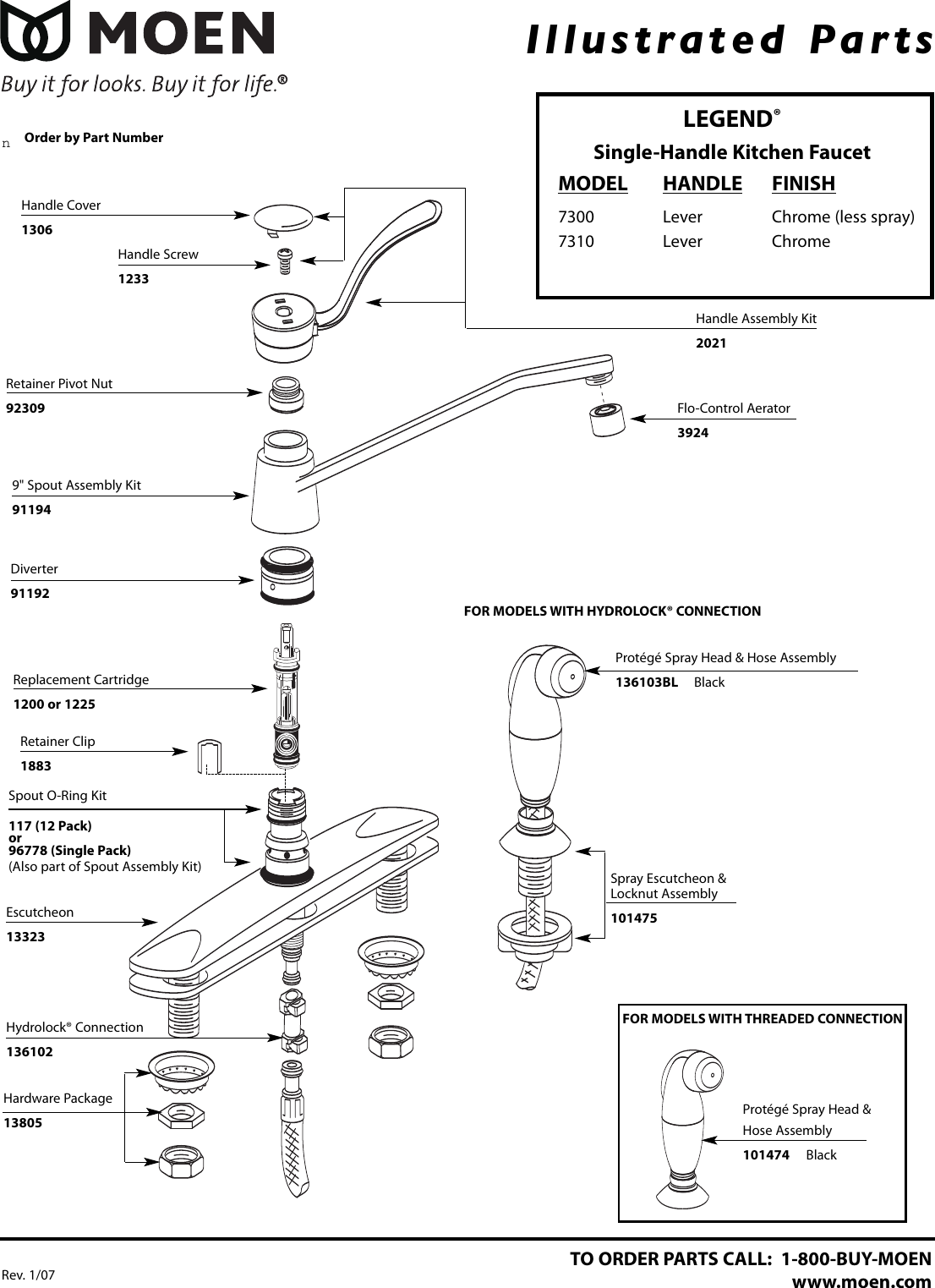
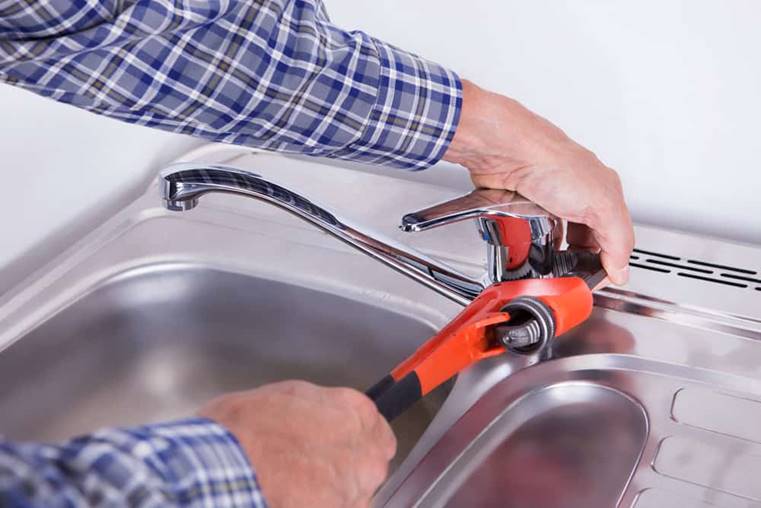







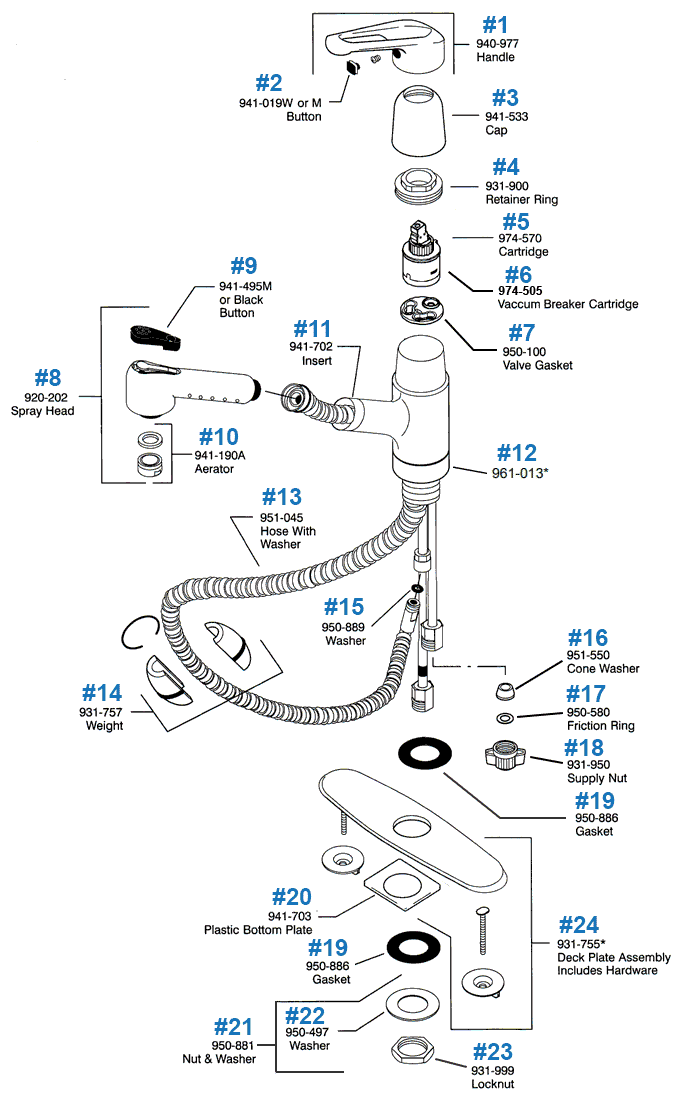








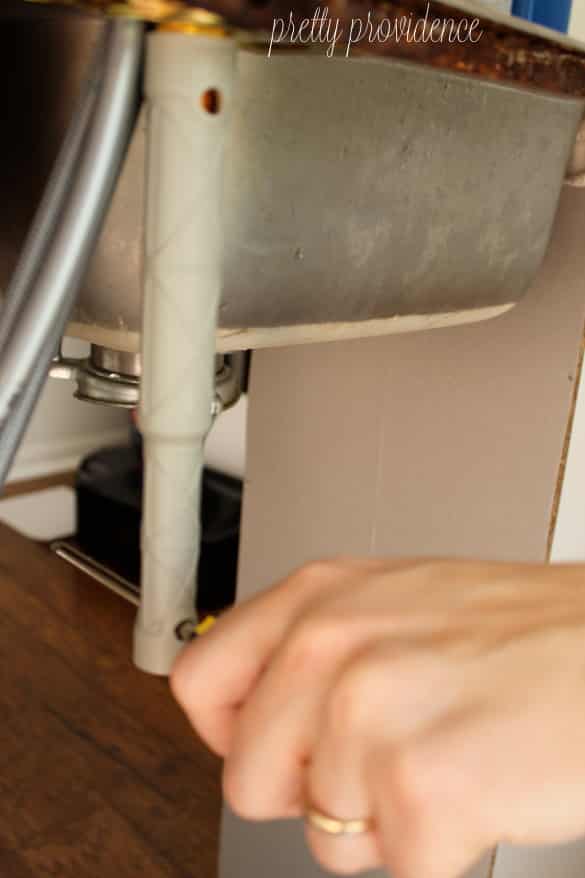


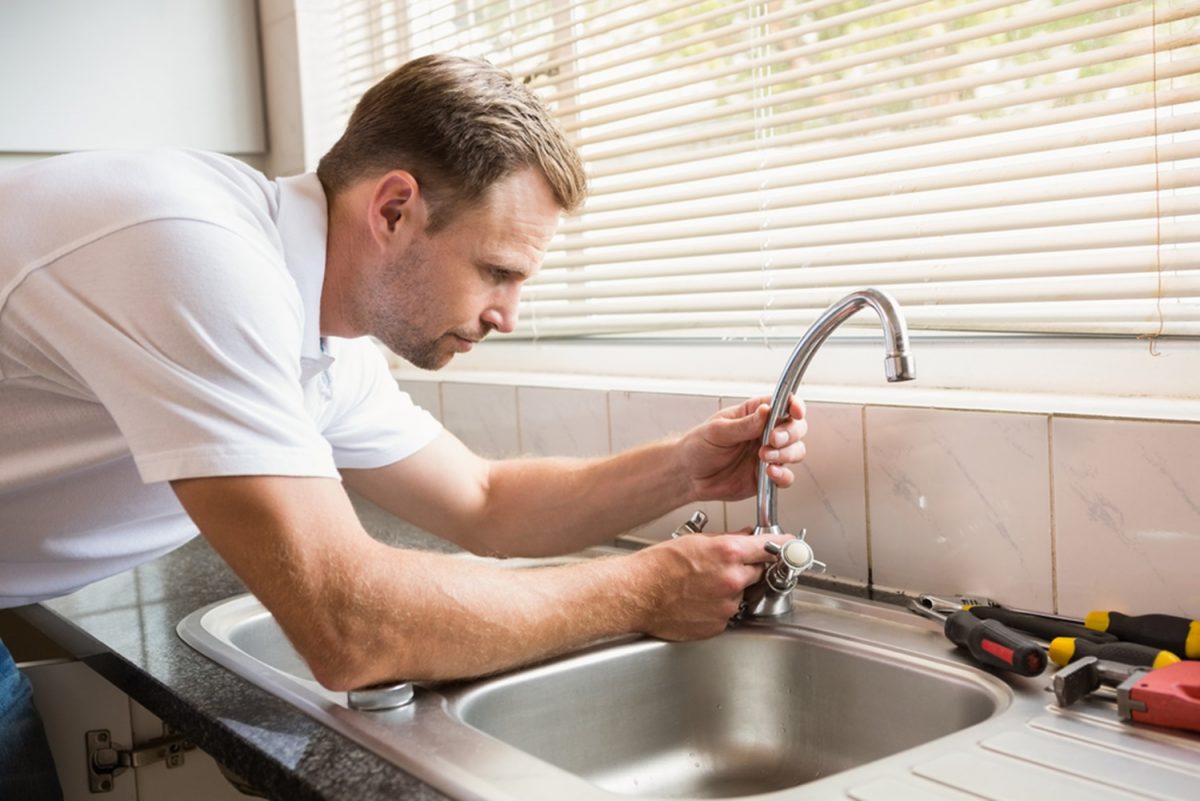







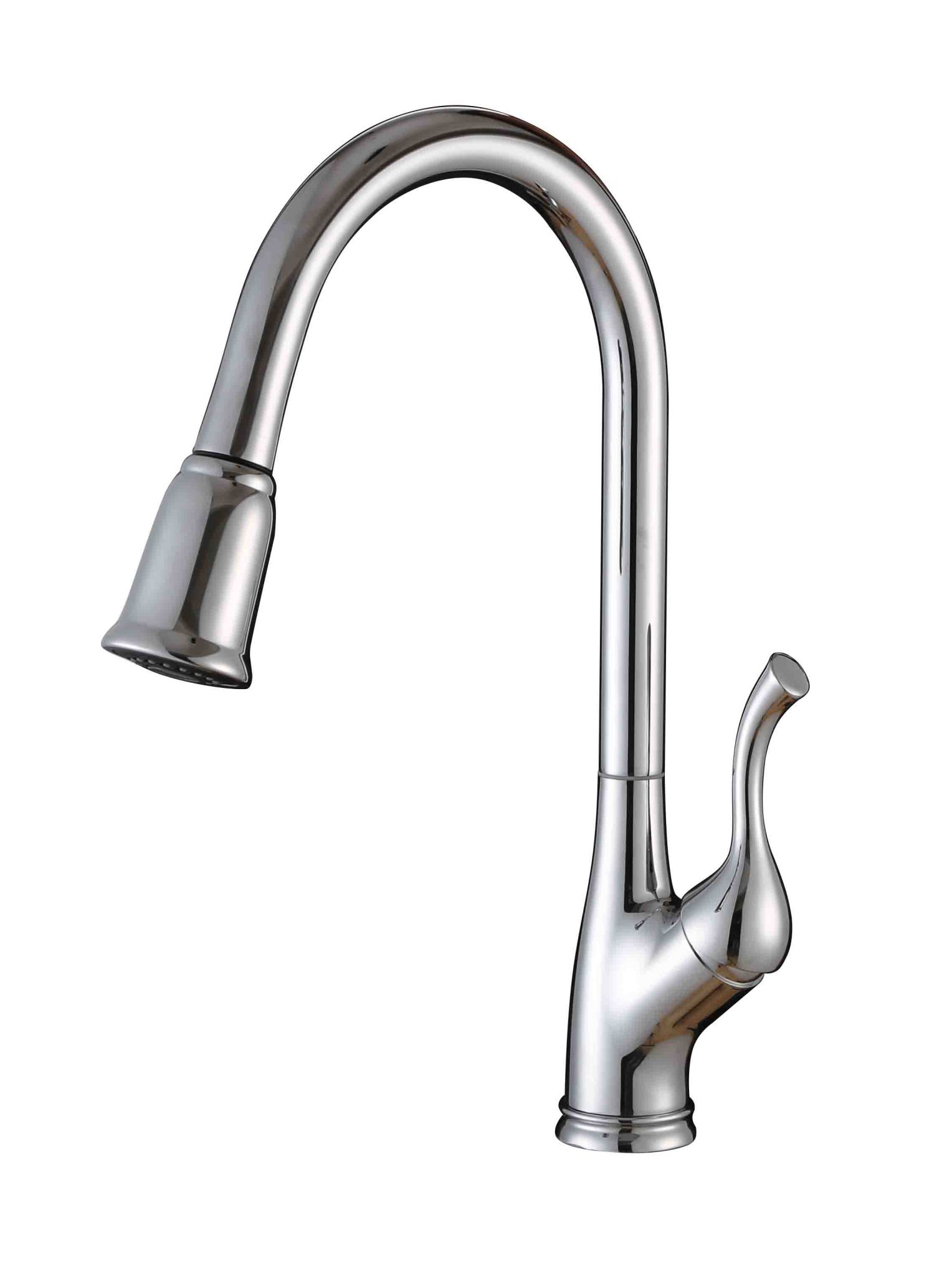



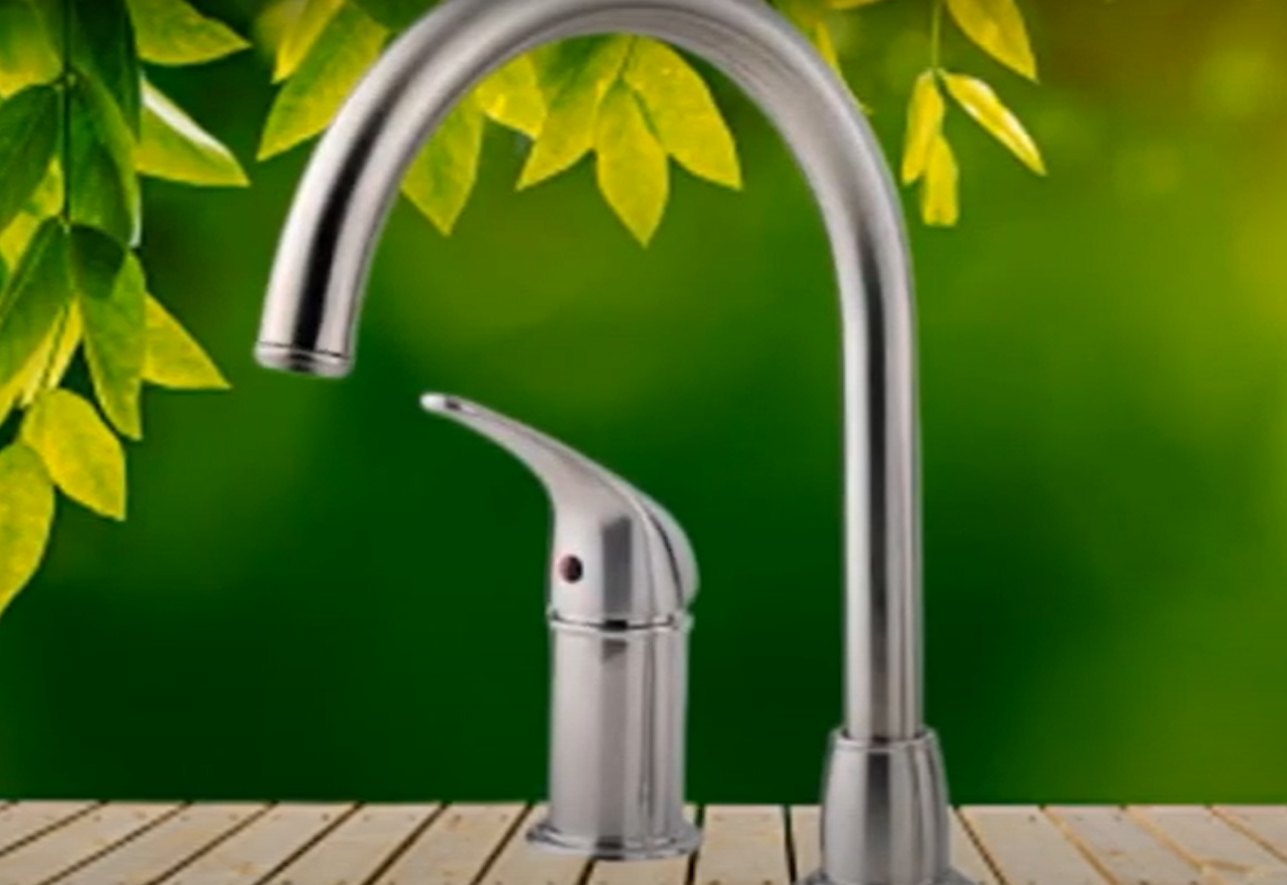





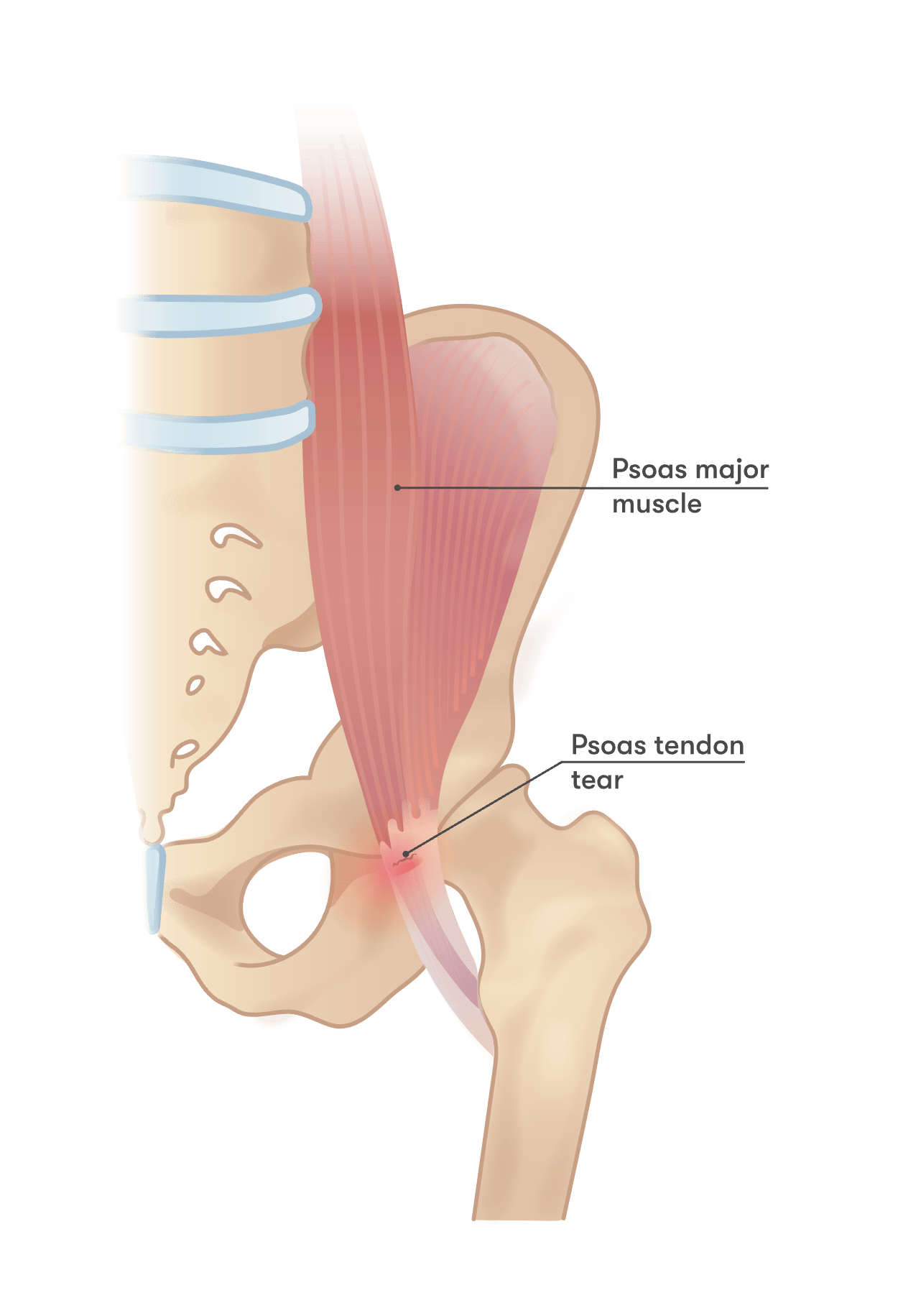
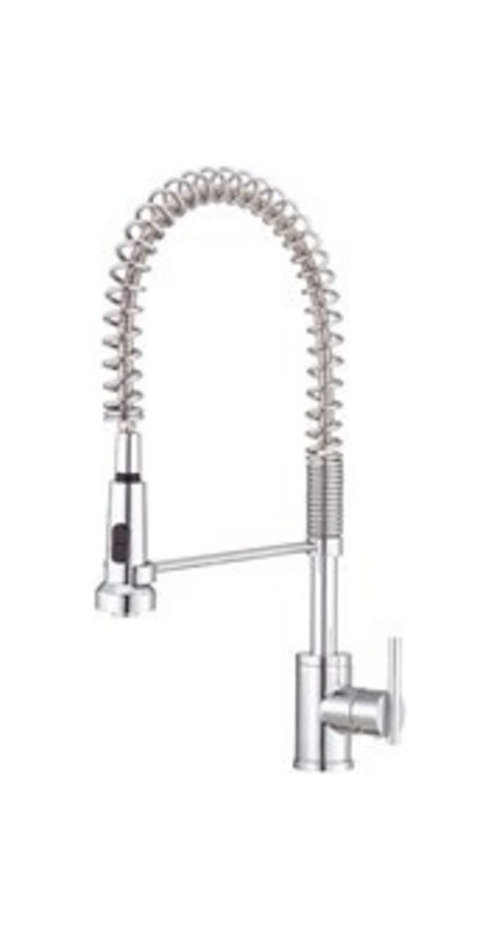
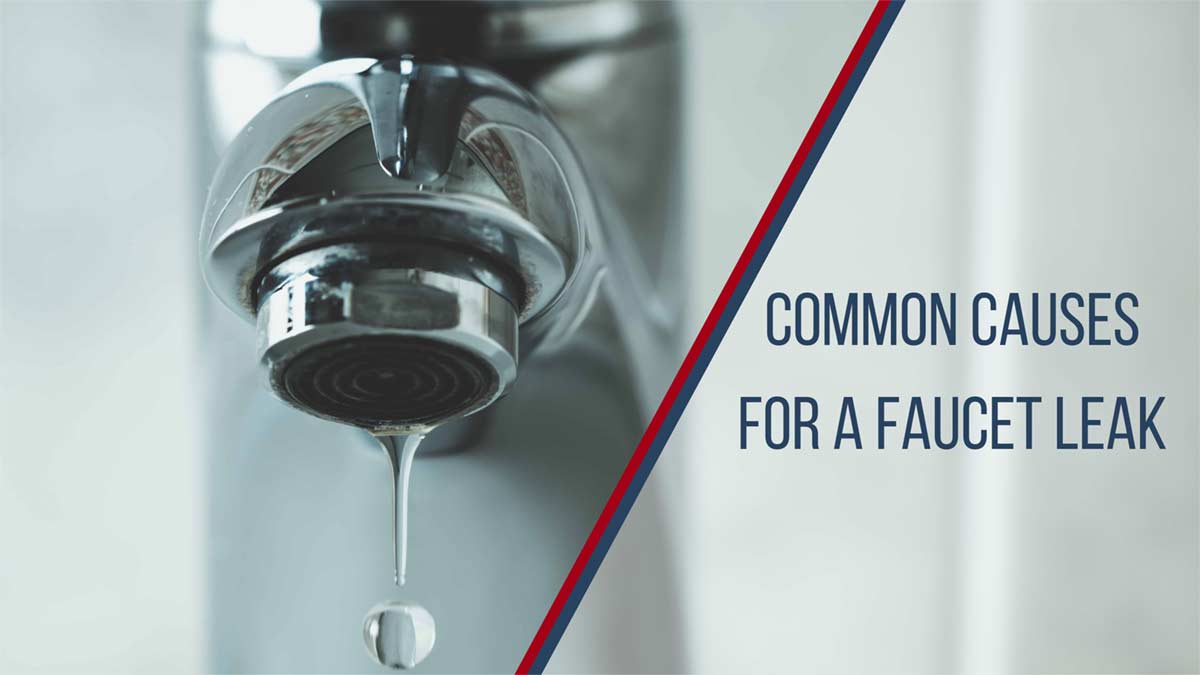
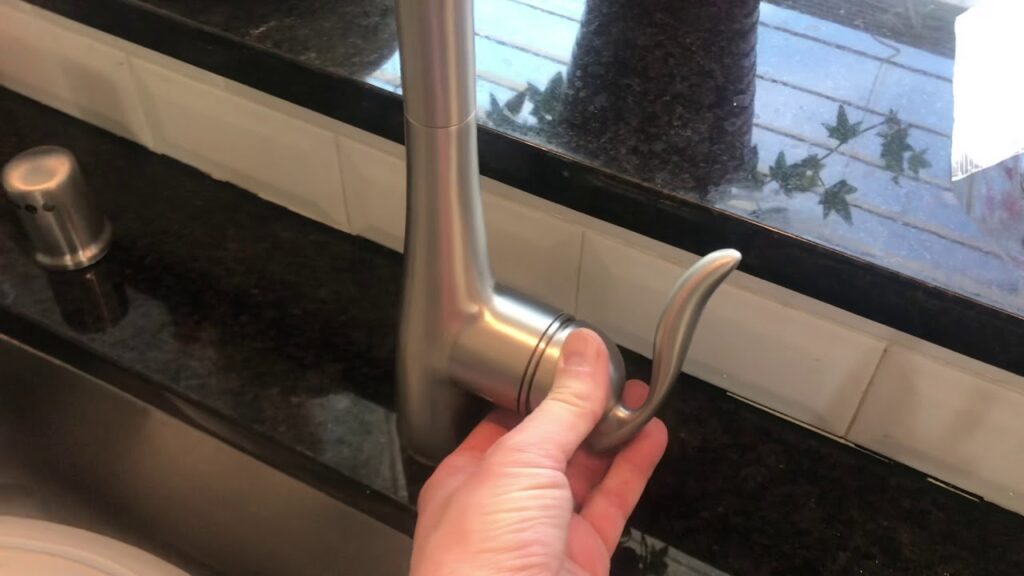

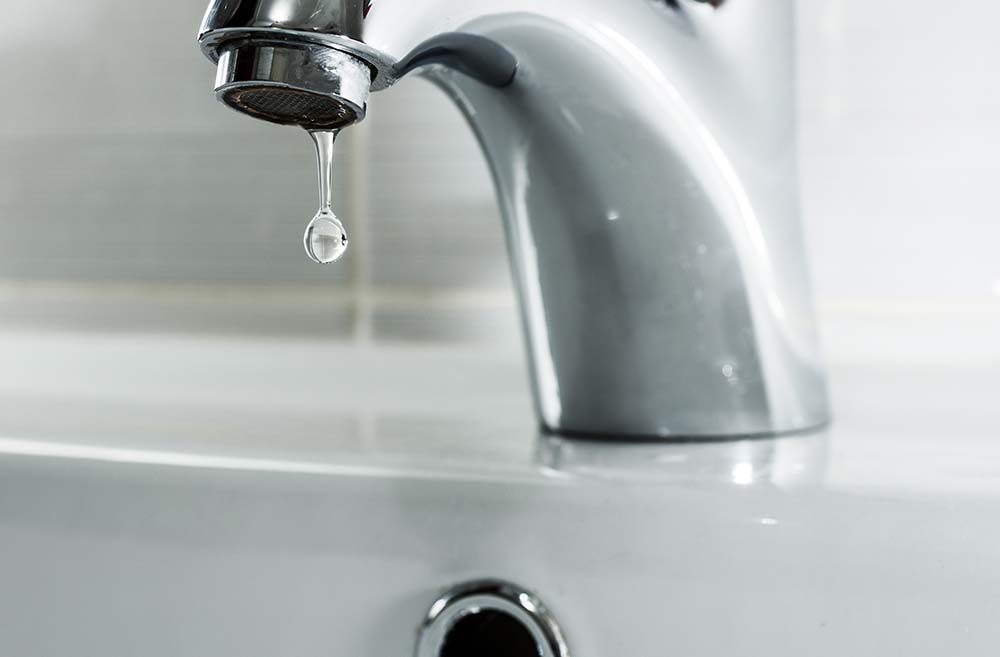

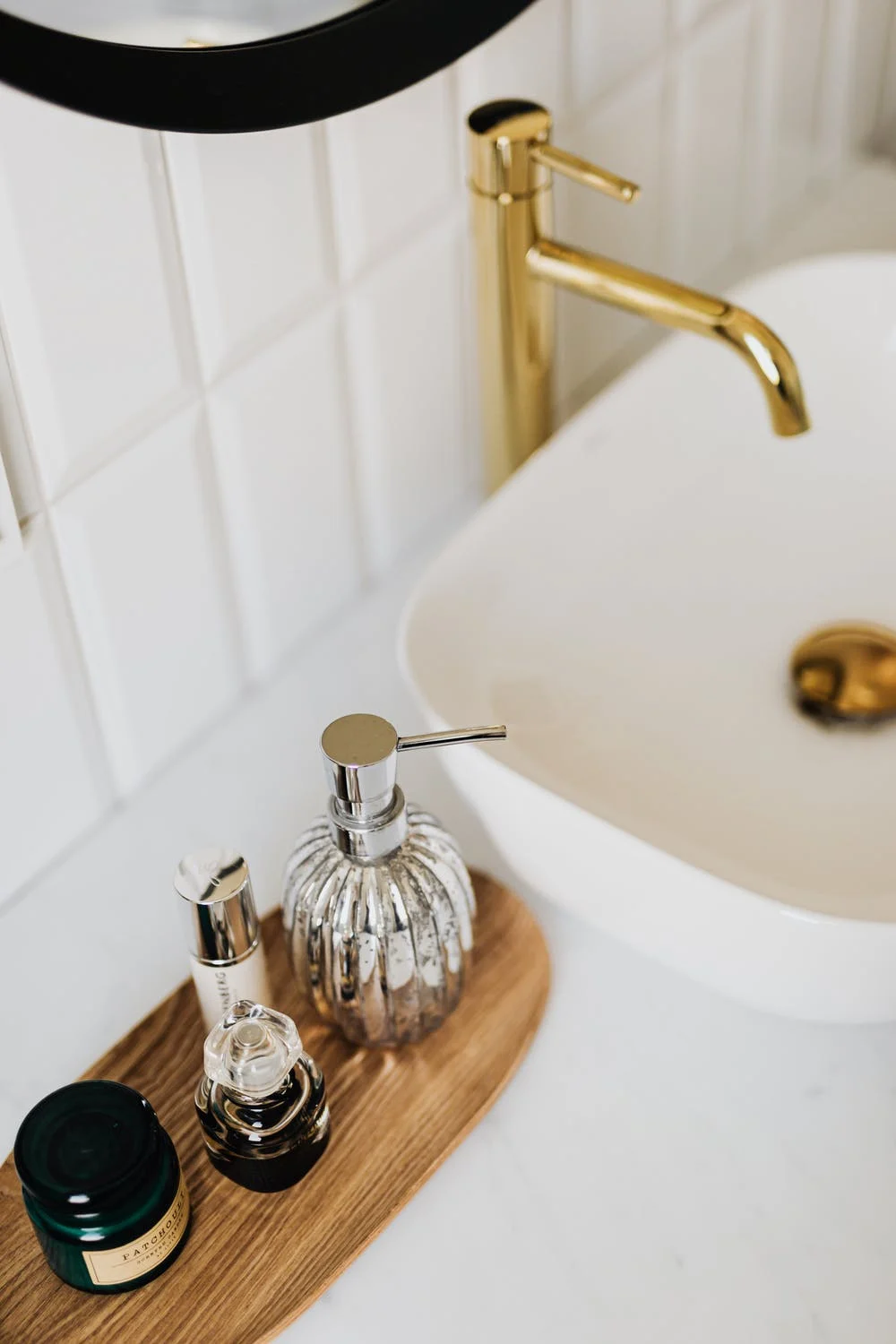



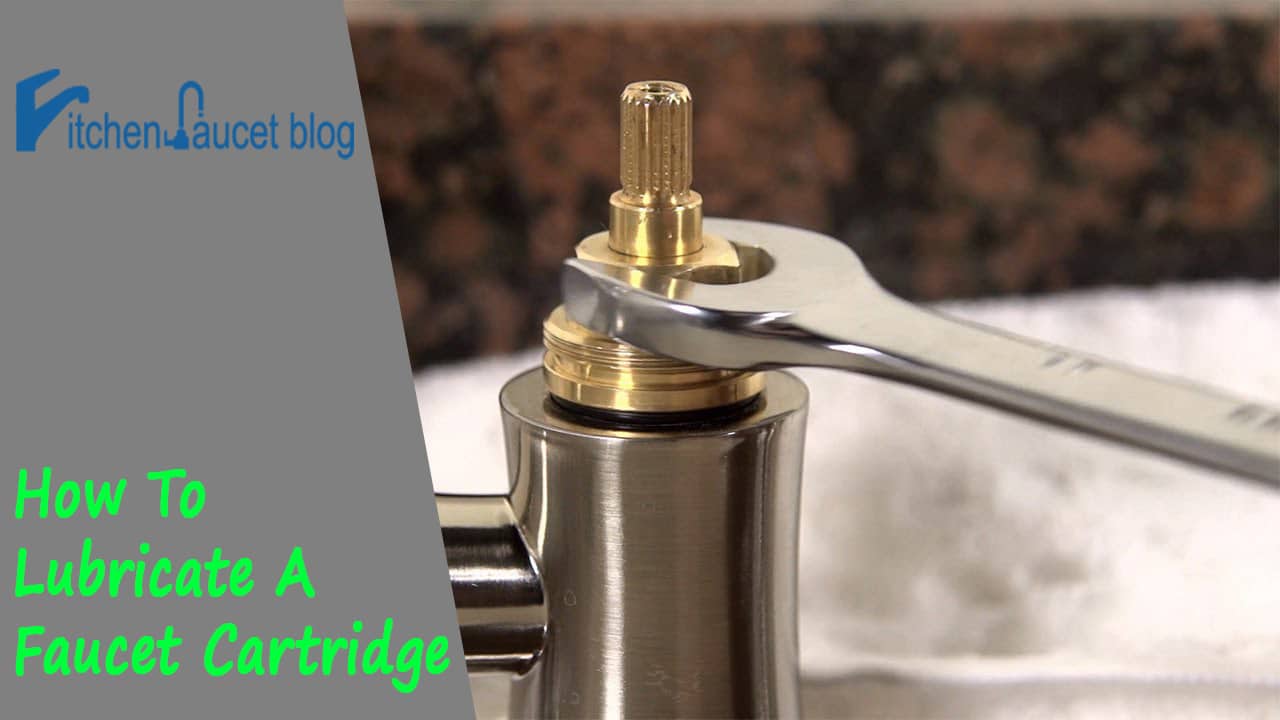





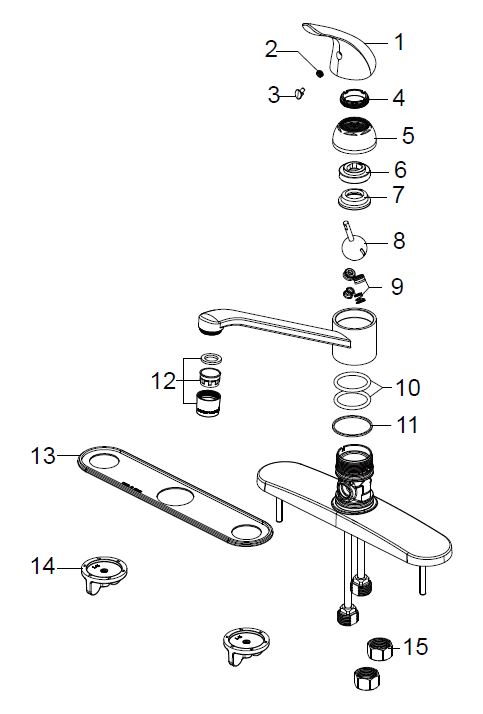

/repairing-a-single-handle-disk-faucet-1824878-06-443e3063ba28420abd54f6e932c0fd6f.jpg)


